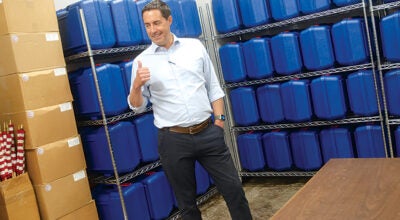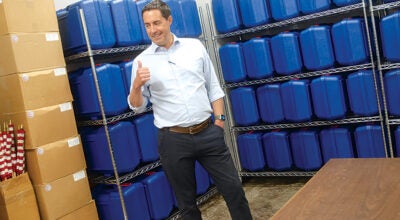Issue 1 up for renewal
Published 8:50 am Monday, April 28, 2014
On May 6, voters in Lawrence County, as well as every other county in Ohio, will vote on whether to renew the 27-year-old State Capital Improvement Program.
SCIP, or Issue 1 on the primary ballot, is up for a 10-year renewal and would increase the general bond obligation issuance from the current $150 million to $175 million for the first five years of the renewal and $200 million for the last five years of the renewal.
The SCIP was renewed in 1995 and 2005 and will not increase taxes if renewed this year.
This renewal would authorize up to $1.875 billion in bonds over 10 years for local community road, bridge, sewer, water and other infrastructure projects.
Lawrence County Engineer Doug Cade said Lawrence County typically receives between $900,000 and $1.2 million per year for road and sewer projects.
“Also all of our paving projects that the county does and townships and the villages, that all comes from money from the program as well,” Cade said. “It’s not a tax increase. It gives the state bonding authority and the funds are paid back through future state budget revenues.”
Cade said the engineer’s office’s annual resurfacing program costs about $1.4 million, with $900,000 coming from the SCIP program.
“Essentially that helps us pave about nine miles of additional roadway that we wouldn’t be able to do if we had just our normal funds,” Cade said.
This year, South Point is receiving funds from the SCIP program to resurface Solida Road, while Coal Grove will receive funds to resurface Riverside Drive, Boggs Court and Hamilton Street. Last year and in 2012, Ironton got funds for its sewer separation project.
Since the program began, Lawrence County has received more than $29.4 million in funds to assist with more than $58.4 million in project costs.
Without the renewal, Cade said the amount of capital projects the county could complete would be “dramatically” reduced.
“Typically we put in some percent of funds as matching,” Cade said. “Sixty percent of our capital improvements are paid for through this program. Instead of paving 10 miles of road a year or 12, we may only be able to pave four or five miles a year.
“In the county we have 280 miles of road that are pavement roads. So it would dramatically reduce the amount of paving we would be able to do. Not to mention bridge replacement and everything else.”
Not only has the program allowed the county, city, townships and village to improve infrastructure, Cade said the program has also created jobs.
“We create jobs with the construction work that goes on every summer,” Cade said. “I just encourage everyone to go out and support this.”





